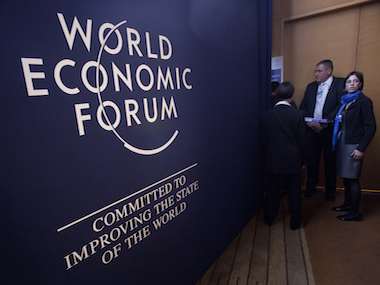 This post was originally published on TheHolmesReport.com.
This post was originally published on TheHolmesReport.com.
“The continued prosperity of the world’s developed nations is no more guaranteed than the enduring poverty of its developing ones”.
With these words, Canada’s Prime Minister Stephen Harper launched last week’s World Economic Forum in India entitled “From Deliberation to Transformation”. His opening set a challenging but upbeat tone for two days’ discussion about what India should do to rediscover its rightful place on the world stage, after several challenging years for this remarkable country.
Of course, India has much to be optimistic about. With a population of over 1.2 billion (nearly half under 25) and set to pass China as the world’s most populous nation by 2030, annual GDP growth has averaged nearly six percent since 1991, when the liberalisation process began.
The number of people living below the poverty line has tumbled, while the 2005 Right to Information Act has started to empower domestic civic society. Commercially, corporations such as Infosys, Tata, Wipro, TCS and ICICI Bank are making a true mark on the global corporate landscape. And outside, the overwhelmingly positive sentiment of the in-flight ad currently being run by a major bank was certainly reflected in the patriotic banter of every taxi driver I met.
And yet for all of the utterly valid and determined pride of participants, the ‘two faces of India’ were also in evidence. The country remains stuck at 132 of 185 countries in the World Bank’s Ease of Doing Business Index.
Multiple speakers bemoaned the fact of corruption being widespread at every administrative level, improvements in infrastructure, healthcare and education remaining elusive despite real improvements and the snail-like pace at which policies are implemented in the ‘quick-quick-slow’ country.
Indeed, there was a sense of frustration at these factors, together, resulting in India’s huge potential remaining somewhat untapped. As one speaker rather nicely put it “for the country that invented Yoga, India hasn’t really learned to stretch!”.
Despite a $12bn increase this year in FDI, there was genuine concern for the waning levels of ‘comfort and confidence’ among investors and, to quote one speaker, “India has developed a genuine brand problem over recent years”.
Pretty much everyone I spoke to concurred with this view and what grabbed me most strongly from a communications perspective was that the solution arguably needs to come as much from within India as it does from how the country’s investablity is communicated and sold externally. Indeed, ever-present was a sense of some internal tension and mistrust between government, business, civic society and the media, with questions raised about truly interdependent leadership within India.
These objective observations were widely shared among those I spoke to in Gurgaon. And it struck me that in the same way as we tell our corporate clients that successful external communication is heavily contingent on internal engagement and alignment, many of the seeming vulnerabilities for ‘brand India’ may well lie on the inside.
The ‘value profit chain’ developed at the Harvard Business School stresses that all business value ultimately hinges on the existence internally of a clear corporate culture and values – and behaviours stemming from these. It seems that for India to fulfill its gargantuan potential, it’s what’s on the inside that may be the deciding factor in determining how this amazing nation is viewed at this crucial inflection point in its fascinating history.


